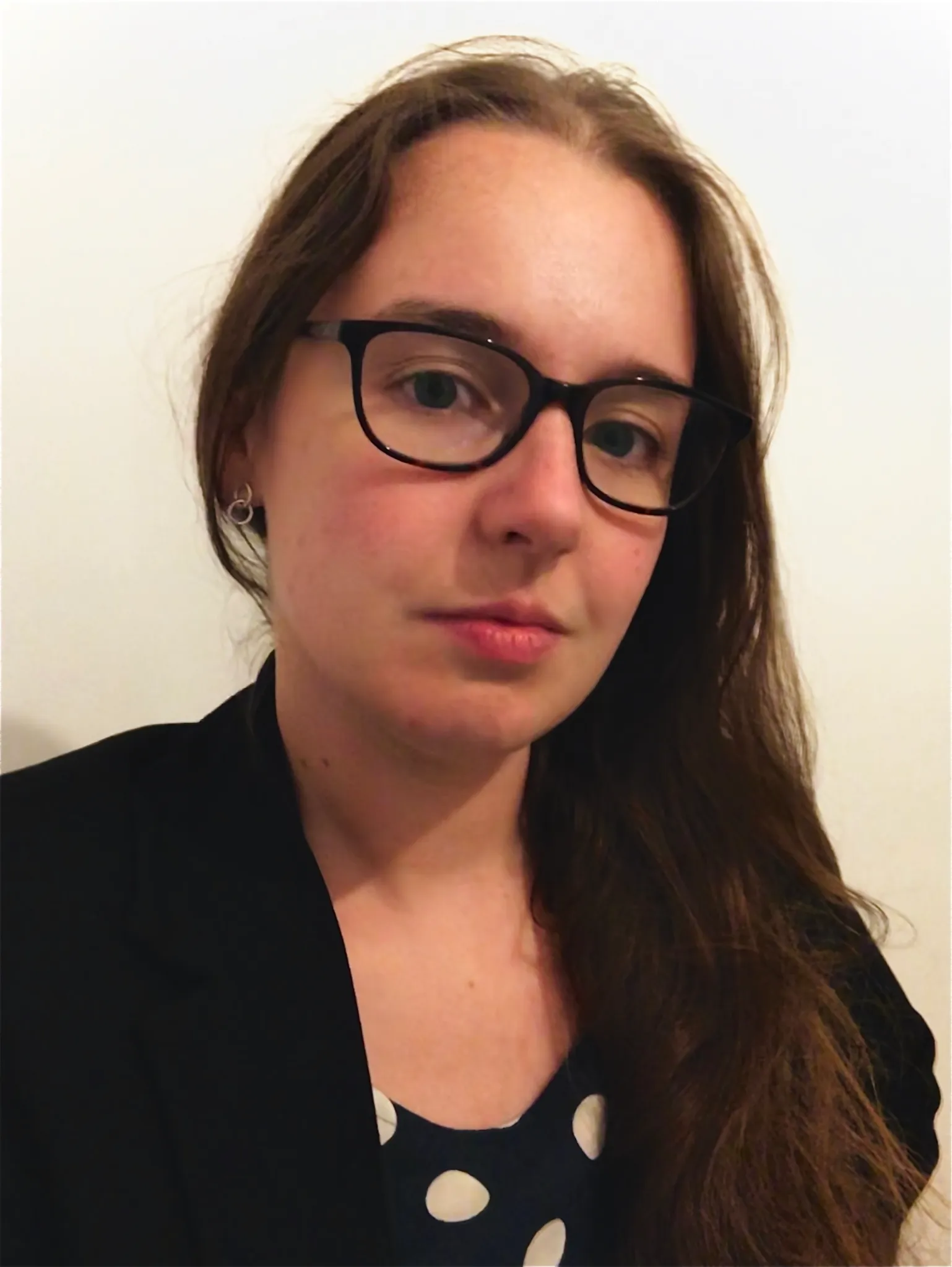Cell Avidity Uncovers Novel KIR:HLA binding predicting patient survival post stem cell transplant
Abstract
Background
Haploidentical hematopoietic cell transplantation (haploHCT) has become a mainstay in our clinical care for patients with leukemia. While overall survival post haploHCT has steadily improved over the past 20 years, relapse free survival has remained relatively stagnant despite addback of immune effectors including memory or leukemia-specific T cells, or natural killer (NK) cells. NK cells are the first effector lymphocyte reconstituted post-HCT and are responsible for the initial anti-leukemic activity. Upon the discovery of activating and inhibitory killer immunoglobulin-like receptors (KIRs) on NK cells and their cognate human leukocyte antigen (HLA) protein ligands, algorithms have been developed to enhance graft versus leukemia (GvL) activity without increasing the risk of versus graft versus host disease (GvHD). However, these have yet to yield consistent predictions in patient outcomes. We posit that these inconsistent predictions are due to an incomplete map of the entre KIR:HLA interactome. Adding to the complexity of predicting the contribution of each KIR protein is that KIR2DS4 has two variants, one is full-length and functional, and another is truncated and non-functional. Standard KIR testing can delineate between these two variants and their clinical import has been explored previously.
Methods
We have employed a combination of in silico protein folding and interactions to determine KIR:HLA reactivity in conjunction with in vitro acoustic force microscopy to measure synapse avidity as a readout for KIR signal strength. Cell avidity was determined using mono allelic HLA expressing K562 and mono allelic KIR expressing Jurkat cell lines along with KIR typed ex vivo expanded peripheral blood NK cells. We blocked K562 and NK cell interactions with anti-KIR2DS4 antibodies to specifically ascertain KIR2DS4 binding contributions. We then applied the newly discovered interaction to patients who have undergone a single haploHCT at our institution with or without additional NK cell infusions post-transplant along with a validation cohort from the German Stem Cell Transplant Registry.
Results
After indicating that KIR2DS4 and HLA-B*35 interact via in silico PEPPI folding and interaction likelihood ratios. We confirmed this through cell avidity measurements with and without antibody blockade we ascertained that HLA B*35 was a ligand for KIR2DS4. We then took this newly discovered interaction and sought determine if it has a clinically significant predictive capacity. When stratifying pediatric and adolescent young adult patients based on their HLA B*35 positivity and the donor KIR2DS4 expression, we delineated a strong correlation to survival (P=0.061) when donors only had full-length KIR2DS4. When patients received haploHCT and additional NK cell addback (HAPNK) from donors who only had the full-length version of KIR2DS4 they did not die or experience relapse during follow-up, resulting in longer OS (P=0.016) and RFS (P=0.001) than patients with donors with both a full-length and a deleted variant. Furthermore, we extended these findings to an adult cohort that had 10/10 HLA matching and found the same significant improvement to OS (P=0.038) and DFS (P=0.038).
Conclusions
We describe a novel KIR2DS4:HLA-B*35 interaction axis, which is immediately clinically implementable, that predicts patient survival and lends strong credence to revisit the previously defined categorization of KIR ligands and their signaling in NK cells.
SMBio 2026 UK & Ireland
Single Molecule Visualisation of Human Topoisomerase 2A Decatenation Reveals Substrate Requirements
Improving the anti-tumor efficacy of CAR-T through biomolecular condensation (中文)
Cell Avidity Uncovers Novel KIR:HLA binding predicting patient survival post stem cell transplant




